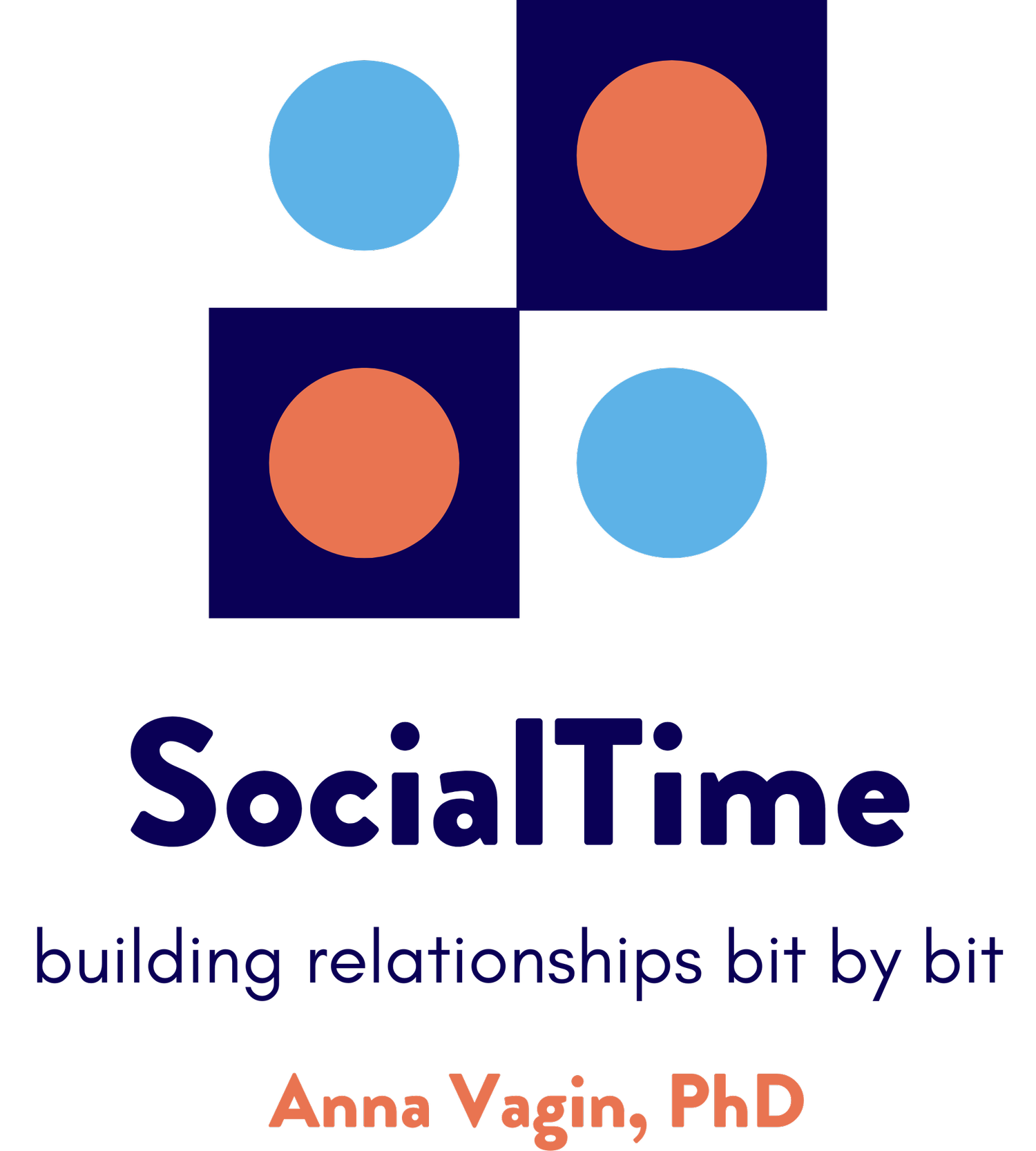Flexing our way into the school year
A wonderful illustration of the triumphant end in Game Changer by Aviv Mano. Flexibility paid off!
A new school year = lots of changes = a great time to talk about flexibility!
Over the years, I’ve spent LOTS of time thinking and writing about that important mindset – and its opposite, inflexibility, or stuck. As I’ve gone deeper and deeper, I realize how complicated these ideas are! And challenging to work on with students, in part because, like most things social, there aren’t that many rules.
Turns out, sometimes flex is good, but sometimes it actually isn’t that great a choice. And, while we often think that being stuck is bad, that actually isn’t always true, such as when we inflexibly stand up for what we believe is important. Oye – so tricky!
Too much flexibility can mire us down in wheel spinning 😵💫, like when I spend 45 minutes browsing PowerPoint designs to see if there is one that’s “better” than my current one, when I really should just stick to the design I have and MAKE the slides. And inflexibility can be good – when we stand up for what we believe in the face of opposition. Flex and stuck really represent a continuum, and we often move between the points depending on who we are with, what the situation is, and how we are feeling at any given moment.
There are also different types of flexibility, and some types of flexibility can be more productive. When two people come together in the middle, they compromise – meaning that no one gets what they really want. But if they can be flexible in a different way and combine their thoughts in a more collaborative approach, the result can be more than either could have imagined. Complicated for us, for society, and certainly with the students with whom we work
So, grab one of your fav animations (or see options further down 👇) and try these activities:
Flex feelings & thoughts:
✨ Step 1: This activity works well with animations that students have already watched and enjoyed. Watch, stopping the video at moments when the character is being flexible. A good opportunity to incorporate double thinking as needed.
✨ Step 2: Ask students to write (or help you write) thought bubbles reflecting what the character might be thinking. Put on sticky notes you can affix to the screen or just hold them up. Add feelings, remembering that when we are flexible, we can experience both comfortable and uncomfortable feelings. If any thought bubbles reflect positive self-talk or promote flexibility, point that out, e.g. what we think in our heads can change what we do and how we feel.
✨ Step 3: You can repeat this activity with multiple animations. Remember that our thoughts are made up of exclamations/interjections (e.g. “aaarrr”, “darn!”) as well as phrases/sentences (e.g. “It broke again!”) and combinations of both (e.g. “aaahhh, just a bit longer”.)
Remember: Flexibility is usually supported by self-regulation and the ability to manage impulsive/uncomfortable emotions, so watch for strategies the characters use (e.g. in Ernie Counts Fruit, Bert takes a deep breath, asks for clarification, and finally removes himself from the frustrating situation.)
After watching and discussing, it’s always great to jump into practice! One of my favorite activities to practice flexibility utilizes the idea of a Rube Goldberg machine. For those who aren’t familiar, the idea behind such a machine is to use materials in ways different from how they are typically used to accomplish some task – preferably in the most complicated way you can imagine!
A rigid thinker believes that “a paper towel tube can ONLY be used as a paper towel tube, not a tunnel.” Building a Rube Goldberg machine gives them the opportunity to consider the attributes of objects. To look at them in new ways. To consider possibilities. What can I find that can make a domino effect besides dominoes? Wow- I could use books! It’s collaborative, creative, and….FUN!
What could be a better social thinking activity geared toward practicing that flex?
Happy Flexing!

